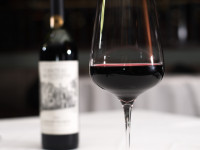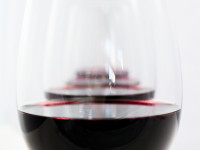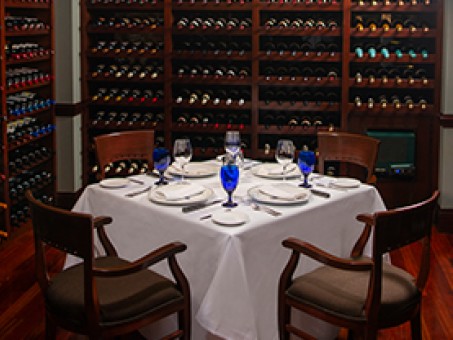With an Award-Winning Wine List, Seagar’s Knows a Thing or Two About Decanting Fine Wines
Seagar’s is one of the best restaurants near Destin, Florida. And with over 600 labels in our cellar, the Seagar’s wine list has been recognized with Wine Spectator’s Best of Award of Excellence multiple years in a row. That’s why we’re uniquely qualified — and delighted — to share a lesson in Decanting 101. As any enthusiast would know, a good bottle of red can become great with one simple step — decanting. Decanting, in layman's terms, is the transferring of wine from the bottle into a vessel, known as a decanter, aiding in the release of flavors.
Choosing a Decanter
Choosing the right decanter is an important key to a savory sip. In the process of decanting you are allowing the wine to separate from its sediment, the collection of tannins that have settled over time as the wine has aged. When you choose a decanter that is colorful or overly decorative it hinders you from being able to see the wine at its best. Choose a clear, crystal decanter that allows enough room for the contents of the bottle with some room at the top to breathe. Cleaning your decanter is just as vital as choosing it. With certain decanter designs the shape may be too difficult to completely remove all soap. The team at Seagar’s encourages novice decanters to use a combination of ice, salt and lemon juice to remove any wine residue after decanting.
The Process of Decanting
We can divide the decanting process into two categories, decanting for younger wines and decanting for older wines. With youthful wines you are able to simply pour the wine into the decanter and let it sit and “breathe.” You can then periodically taste the wine and decide when you feel as though it is ready to serve (maybe even pair with a delicious steak dish from one of the best restaurants near Destin, Florida).
When decanting an older wine you must first settle the sediment at the bottom. Do this by leaving the bottle upright for a day. Decanting over top of a candle or flashlight makes the process a bit easier. Allowing the light to shine through the neck of the bottle you are able to see when the sediments approach and finish pouring before they reach the top. Older wines are typically served immediately after decanting, as they do not need the extra time to oxygenate since they have been able to age on their own.
Picking a Wine to Decant
When picking a wine to decant, the heavier the grape the more likely you should choose to use a decanter. A more delicate red along with most crisp whites would not typically be decanted. Regardless if new or vintage, a full-bodied serious vino will benefit from the decanting process. While entertaining at home a trial and error process is the best way to learn which wines you enjoy decanted and how long you feel they should breathe. While enjoying a selection from the wine list at Seagar’s, our professional staff will happily decant a bottle of your choosing and lead you down the right path if you are uncertain of what to order.
Stay informed of What’s New at Seagar’s and enjoy more dining tips and tricks from the best restaurant in Sandestin.



